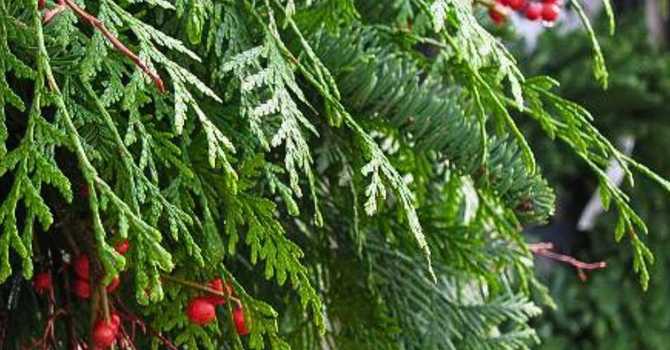
Spring is a busy time for gardeners
and April is the perfect month to care for winter flowering plants that have put on a great show but are finishing up, plant spring colour, get a jump on the veggie garden and prepare our yards for the season ahead! Here are the top 10 activities to get going on now…
1.Prune back winter blooming trees and shrubs (like sarcococca, camellias, forsythia and witch hazels) as soon as they finish flowering. Feed with 10-15-19 (it’s a great ‘go-to’ fertilizer).
2. Finish planting summer blooming bulbs and corms such as lilies and gladiolus. Dahlias and calla lilies can go out in late April. All bare root perennials, like hostas and astilbe, should go in now if you haven’t already!
3. Pop out any tired winter annuals in your garden or containers and replace them with cool spring colour, i.e. violas, pansies, alyssum, osteospermum, marguerites, carnations, ranunculus, nemesia, snapdragons and tougher trailing foliage like lysimachia. Resist the urge to set out petunias, geraniums etc. (the real summer bloomers) until night time temperatures reach 10C consistently. Should you see these plants available now, please note that they must go into a heated greenhouse until the weather warms.
4. Remove finished tulip and daffodil heads but leave the foliage on to die back naturally. To help along next year’s blooms, feed with 10-15-19 and keep them lightly moist.
5. Treat lawn issues if you need to. When we have two dry days over 12C you can apply moss control to your lawn. Once it has blackened you can rake it out. Two weeks after this (or after you’ve mown your lawn three times) you can overseed. This is a vigorous growing mix that will hold its own! To learn more about year round lawn care, refer to our Lawn Care Guide.
Should your issue be with weeds and not moss, weed controls can be used once weeds are actively growing. Leave the same window of time between removing the finished weeds and overseeding your lawn. No moss or weed issues? Apply slow release lawn fertilizer to established lawns. We recommend Scotts Turf Builder 32-0-4. The stabilized nitrogen will keep lawns green and growing over a long period.
6. Fertilize your rhodos, azaleas and camellias with Rhodo & Azalea Food 6-12-8. Winter damaged leaves will likely be dropping off the plants now if they suffered over the season… don’t worry, they’ll be okay!
7. If you haven’t already done this, add manures, Sea Soil and/or compost to revitalize tired soil in flower or vegetable containers, raised beds or regular garden beds. Just be sure to keep manure out of the potato patch.
8. Plant small fruits like raspberries, strawberries, rhubarb, currants and blueberries. Generally speaking fruiting trees and shrubs have long lifespans, so they’re a great garden investment. Sweet deal!
Remember to place peaches, apricots and nectarines against the south or west side of the house under the eaves to help keep excess moisture off of them.
9. Plant shade trees. This is an ideal time to get garden ‘anchors’ planted, and just think of all the lovely shade these large growing trees will provide. There are many lovely columnar forms available now for smaller gardens. They’ll still create valuable shade, but won’t take up a whole lot of real estate!
10. Start cold-hardy veggies such as early potatoes, broad beans, peas, onions, Swiss chard, radishes, lettuce, brassicas and spinach.
Many of our starter plants are already available for purchase if you’d like to get a jump on your growing season (just be prepared to protect them if the nights dip below 4C).


